Potřebujeme váš souhlas k využití jednotlivých dat, aby se vám mimo jiné mohly ukazovat informace týkající se vašich zájmů. Souhlas udělíte kliknutím na tlačítko „OK“.
ASTM E1714-07(2013)
Standard Guide for Properties of a Universal Healthcare Identifier (UHID) (Withdrawn 2022)
Automaticky přeložený název:
Standardní příručka pro vlastností Universal Healthcare identifikátor (UHID)
NORMA vydána dne 1.3.2013
Informace o normě:
Označení normy: ASTM E1714-07(2013)
Poznámka: NEPLATNÁ
Datum vydání normy: 1.3.2013
Kód zboží: NS-42760
Počet stran: 6
Přibližná hmotnost: 18 g (0.04 liber)
Země: Americká technická norma
Kategorie: Technické normy ASTM
Kategorie - podobné normy:
Anotace textu normy ASTM E1714-07(2013) :
Keywords:
electronic healthcare records, patient identification, record exchange, record linkage, universal healthcare identifier, ICS Number Code 35.240.80 (IT applications in health care technology)
Doplňující informace
| Significance and Use | ||||
|
4.1 Recent experience with computer-based patient records (CPRs) has revealed many valuable potential benefits, but it has also become apparent that the effective application of this technology creates some new problems. CPRs offer the option for lifelong linkage of all records on a patient, from birth to death. Such longitudinal record linkage would make the patient’s entire past health history retrievable. This could make possible a quantum leap in the clinical practice of health care, but a reliable patient identifier is essential to make large-scale regional and nationwide record linkage feasible. The design of a patient identifier system is not a simple task. Incorrect record linkage would create confusion, at least, or possibly cause serious consequences. To gain the benefits from such an identifier, it must be used by all relevant organizations. A universal patient identifier system must resist unauthorized access to confidential clinical data. Furthermore, the creation of personal identifiers for the entire population must be a cost-effective process in light of ongoing fiscal constraints. The creation and administration of personal identifiers for the entire population must be accomplished at a cost that is widely accepted as affordable and justified. Last, but not least, a time pressure exists. The solution to the patient identifier challenge should use technology to facilitate rapid deployment of the system to permit the expeditious implementation of CPRs. A companion document, Guide E2553, provides the implementation strategy concerning how to actually implement the UHID system. |
||||
| 1. Scope | ||||
|
1.1 This guide covers a set of requirements outlining the properties required to create a universal healthcare identifier (UHID) system. Use of the UHID is expected to initially be focused on the population of the United States but there is no inherent limitation on how widely these identifiers may be applied. 1.2 This guide sets forth the fundamental considerations for a UHID that can support at least four basic functions effectively: 1.2.1 Positive identification of patients when clinical care is rendered; 1.2.2 Automated linkage of various computer-based records on the same patient for the creation of lifelong electronic health care files; 1.2.3 Provision of a mechanism to support data security for the protection of privileged clinical information; and 1.2.4 The use of technology for patient records handling to keep health care operating costs at a minimum. 1.3 This standard does not purport to address all of the safety concerns, if any, associated with its use. It is the responsibility of the user of this standard to establish appropriate safety and health practices and determine the applicability of regulatory limitations prior to use. |
||||
| 2. Referenced Documents | ||||
|
Podobné normy:
Historická
1.3.2011
Historická
1.3.2011
Historická
1.5.2012
Historická
15.4.2009
Historická
1.2.2007
Historická
1.7.2012


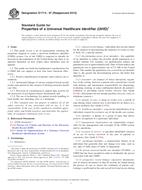
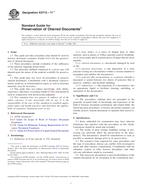 ASTM E2710-11e1
ASTM E2710-11e1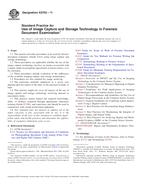 ASTM E2765-11
ASTM E2765-11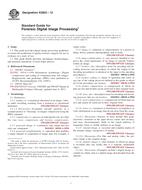 ASTM E2825-12
ASTM E2825-12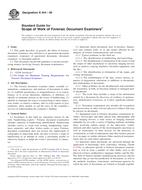 ASTM E444-09
ASTM E444-09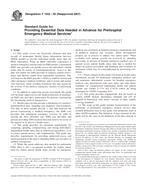 ASTM F1652-95(2007)..
ASTM F1652-95(2007).. ASTM F1705-96(2012)..
ASTM F1705-96(2012)..
 Cookies
Cookies
